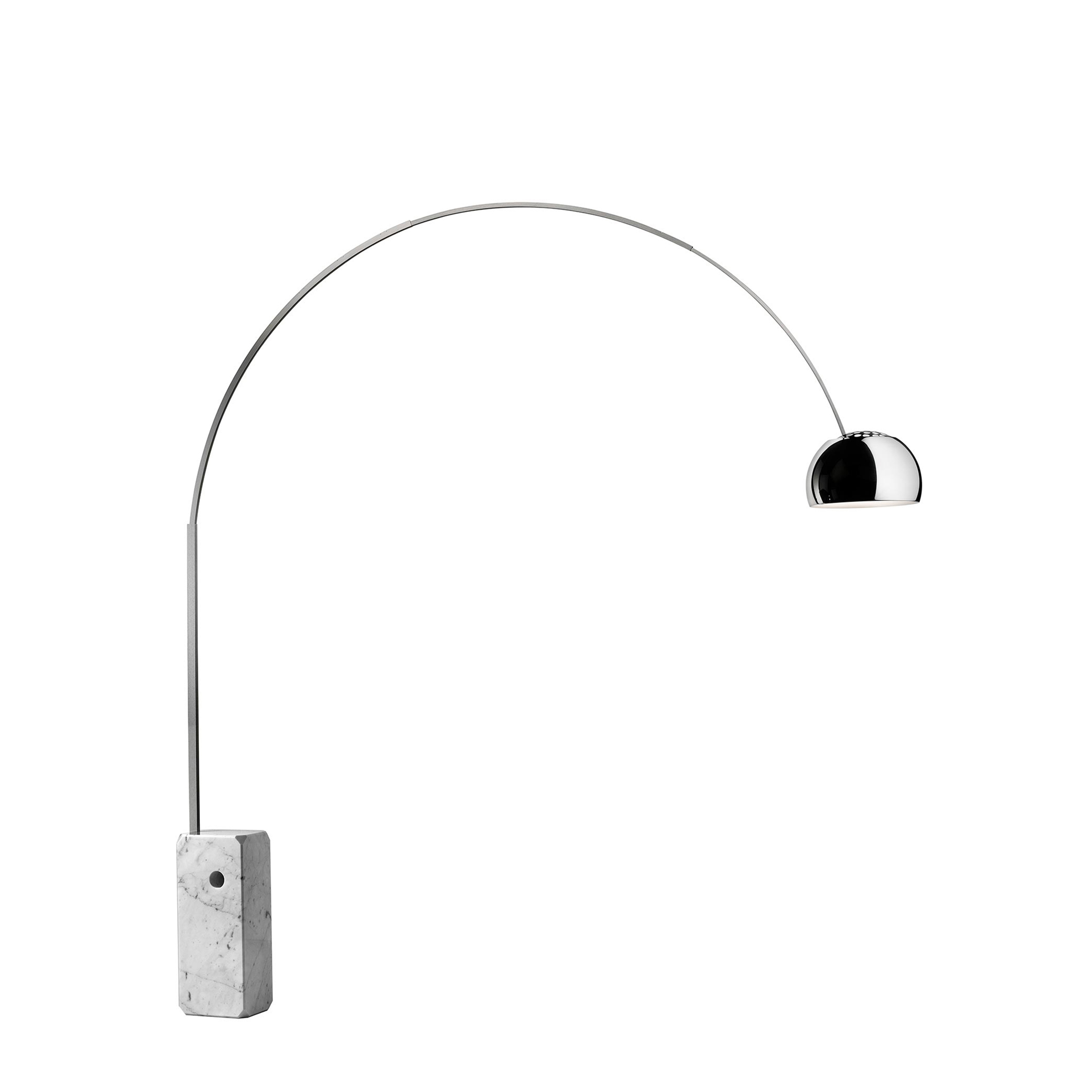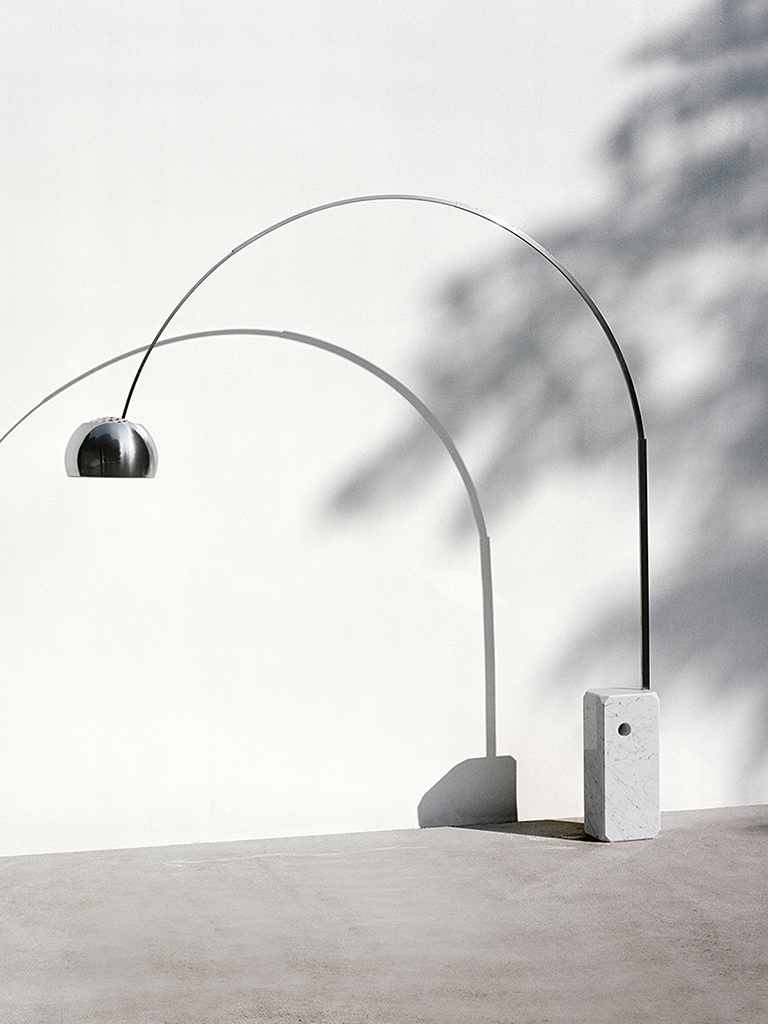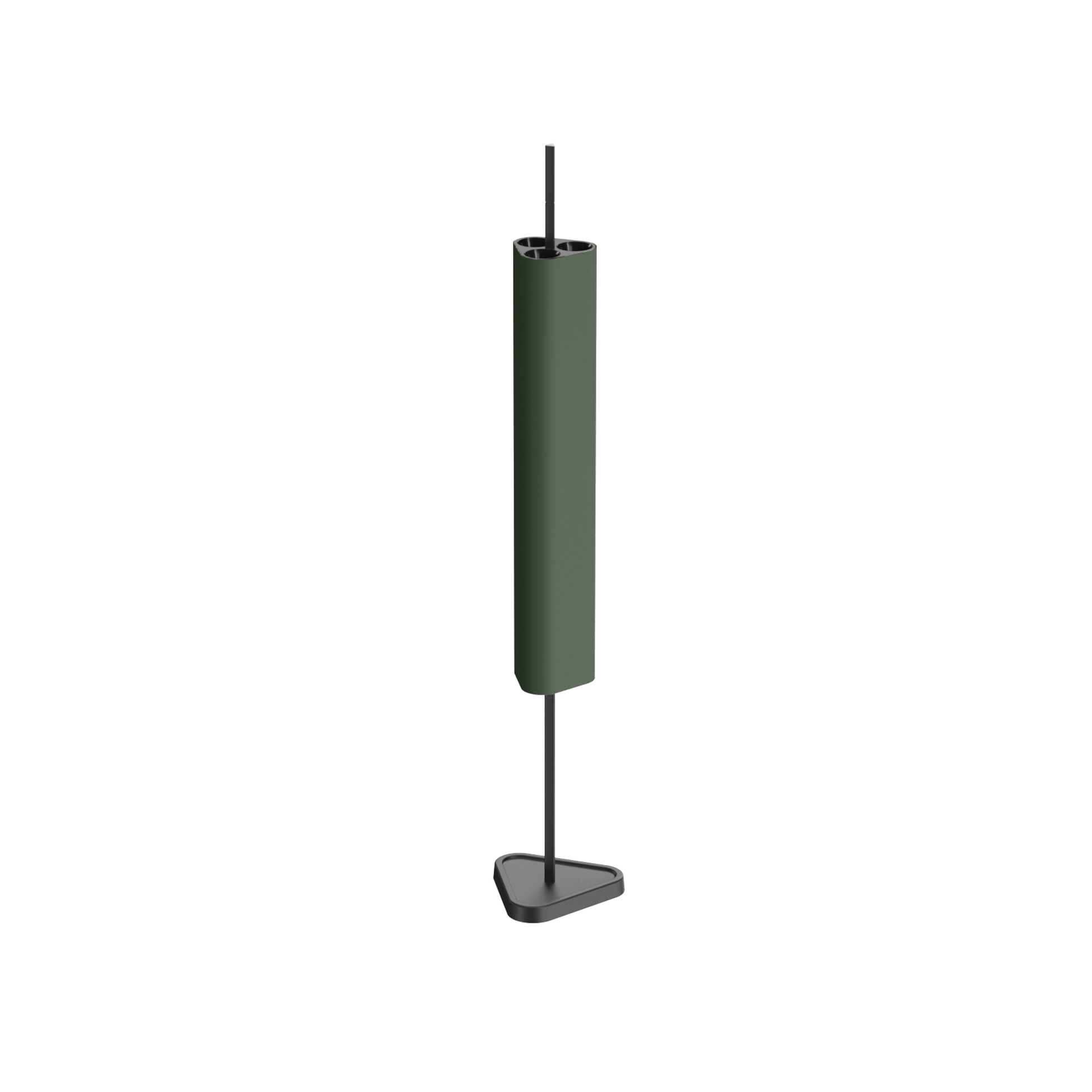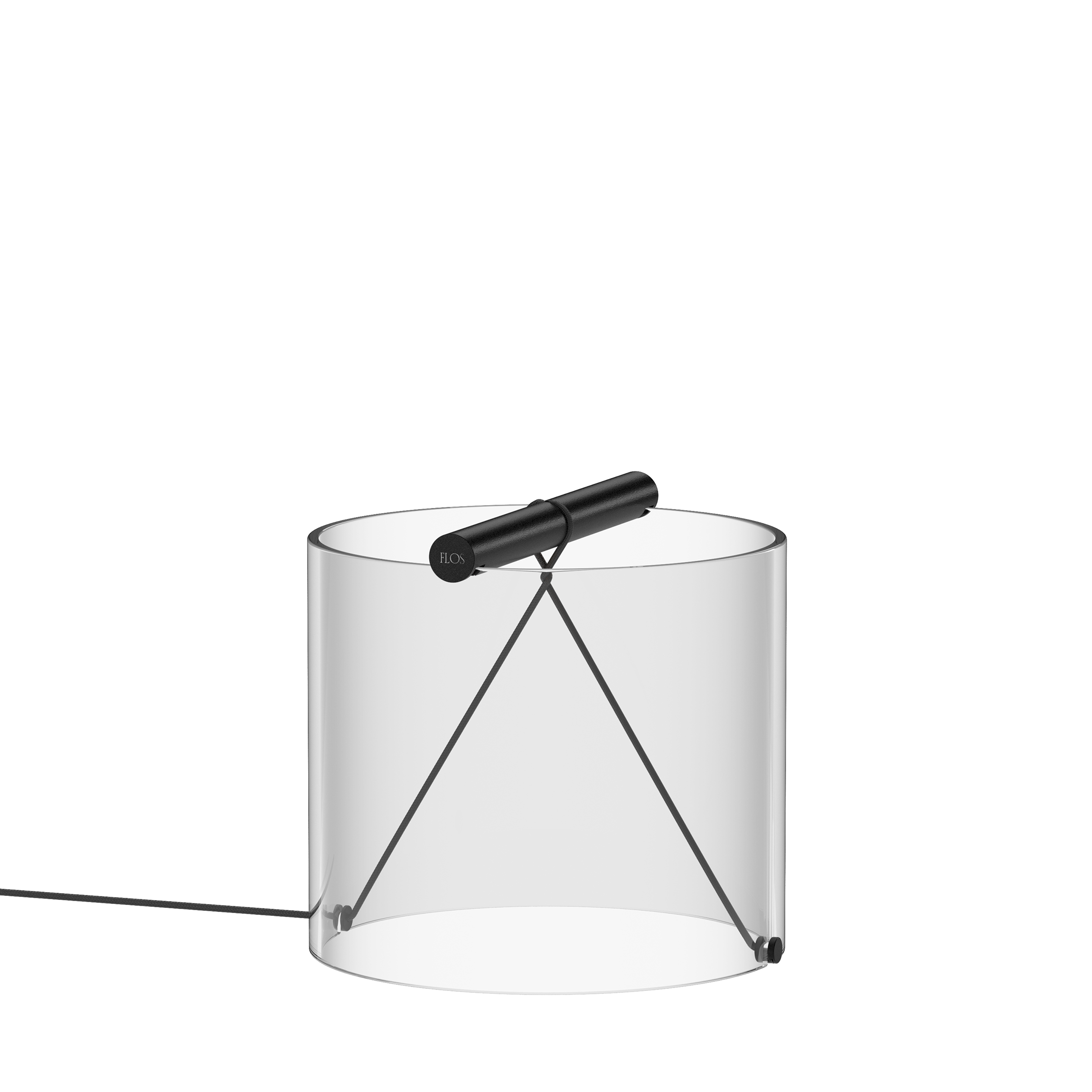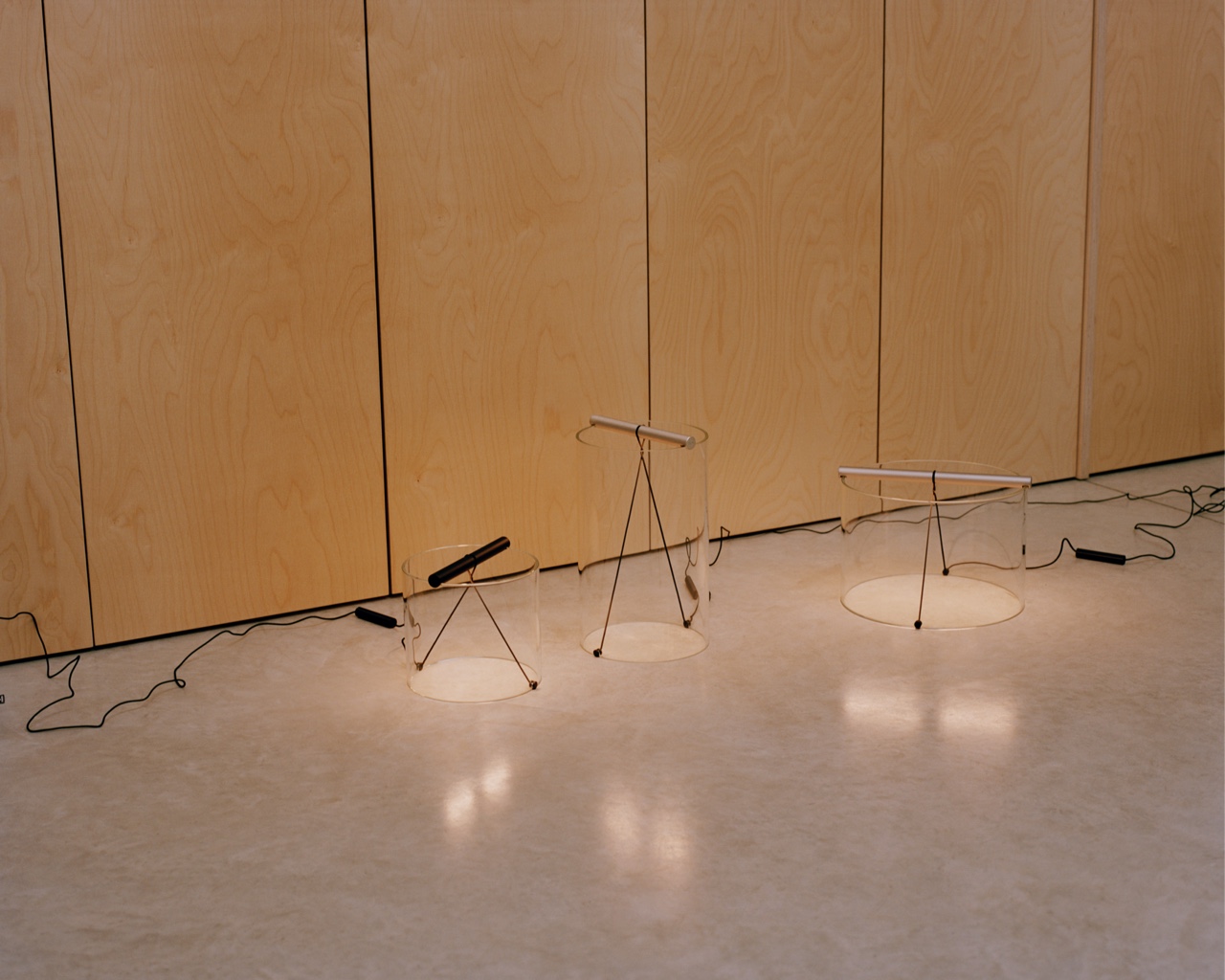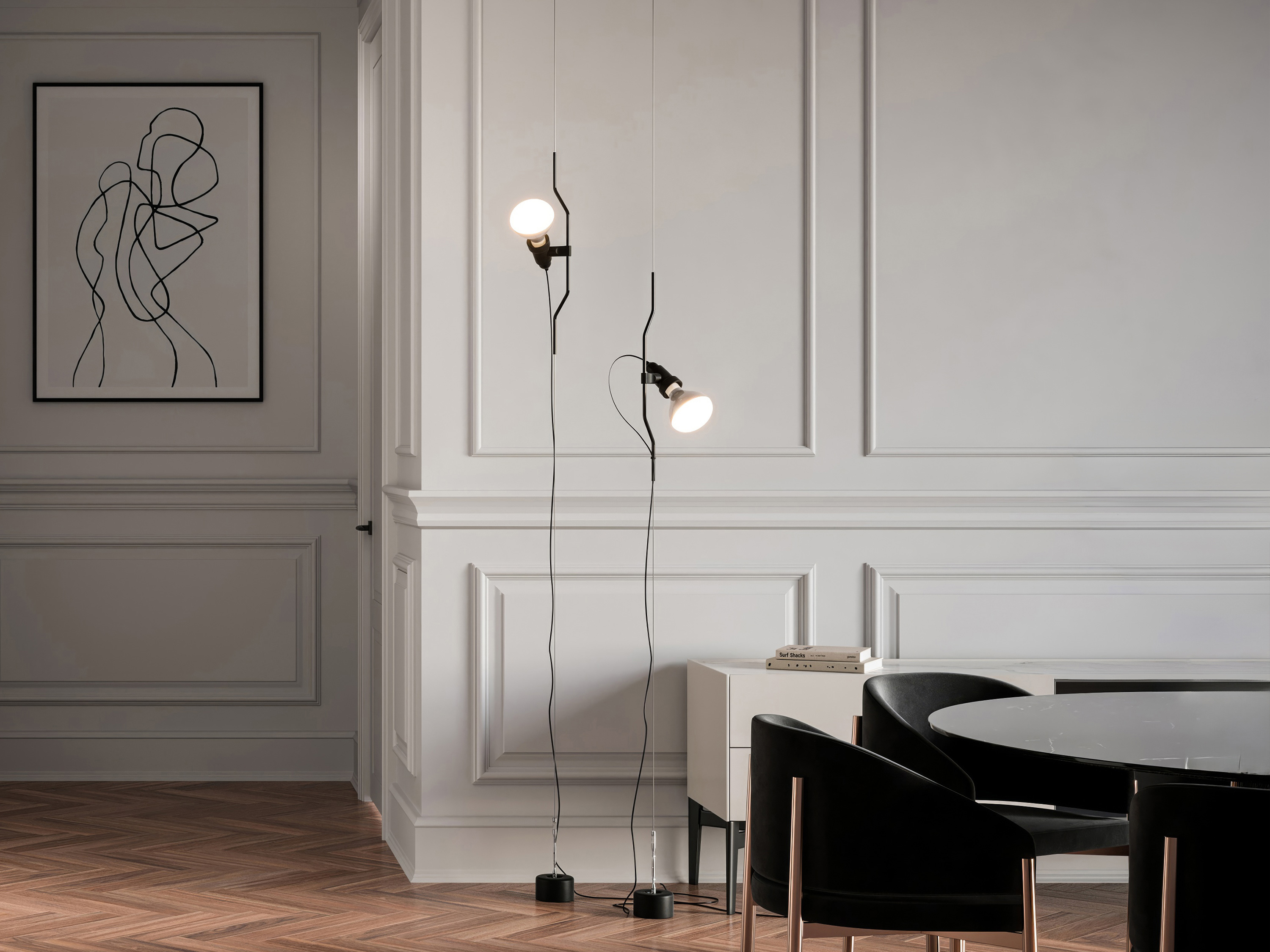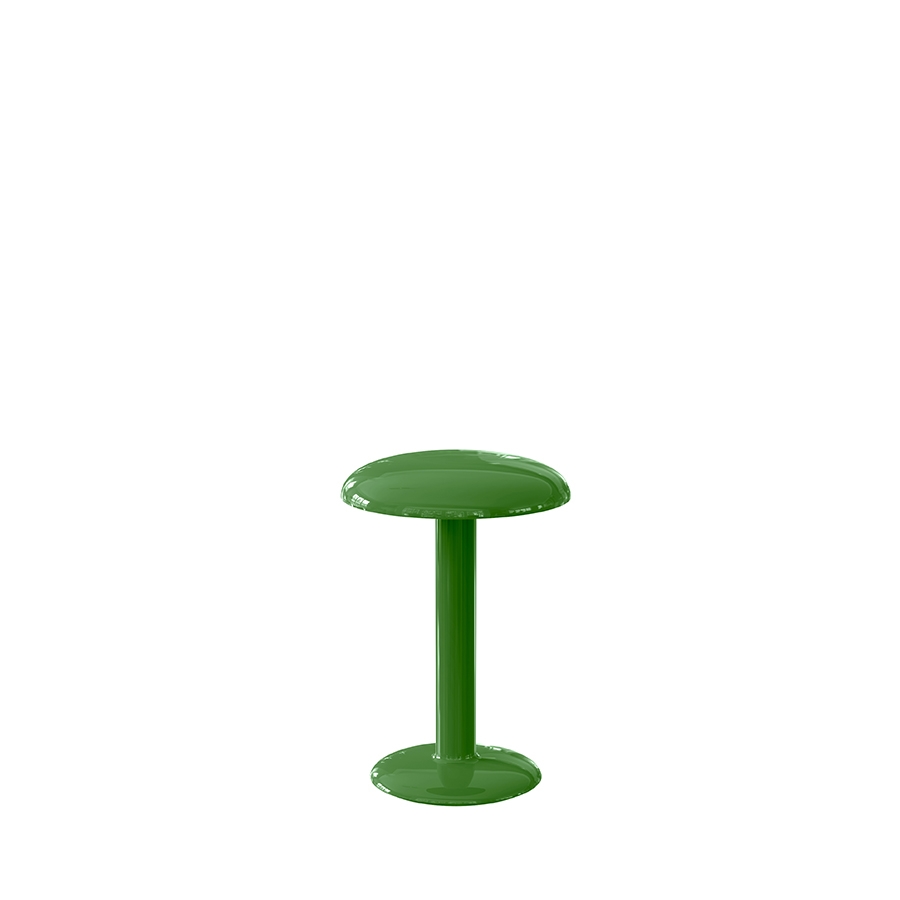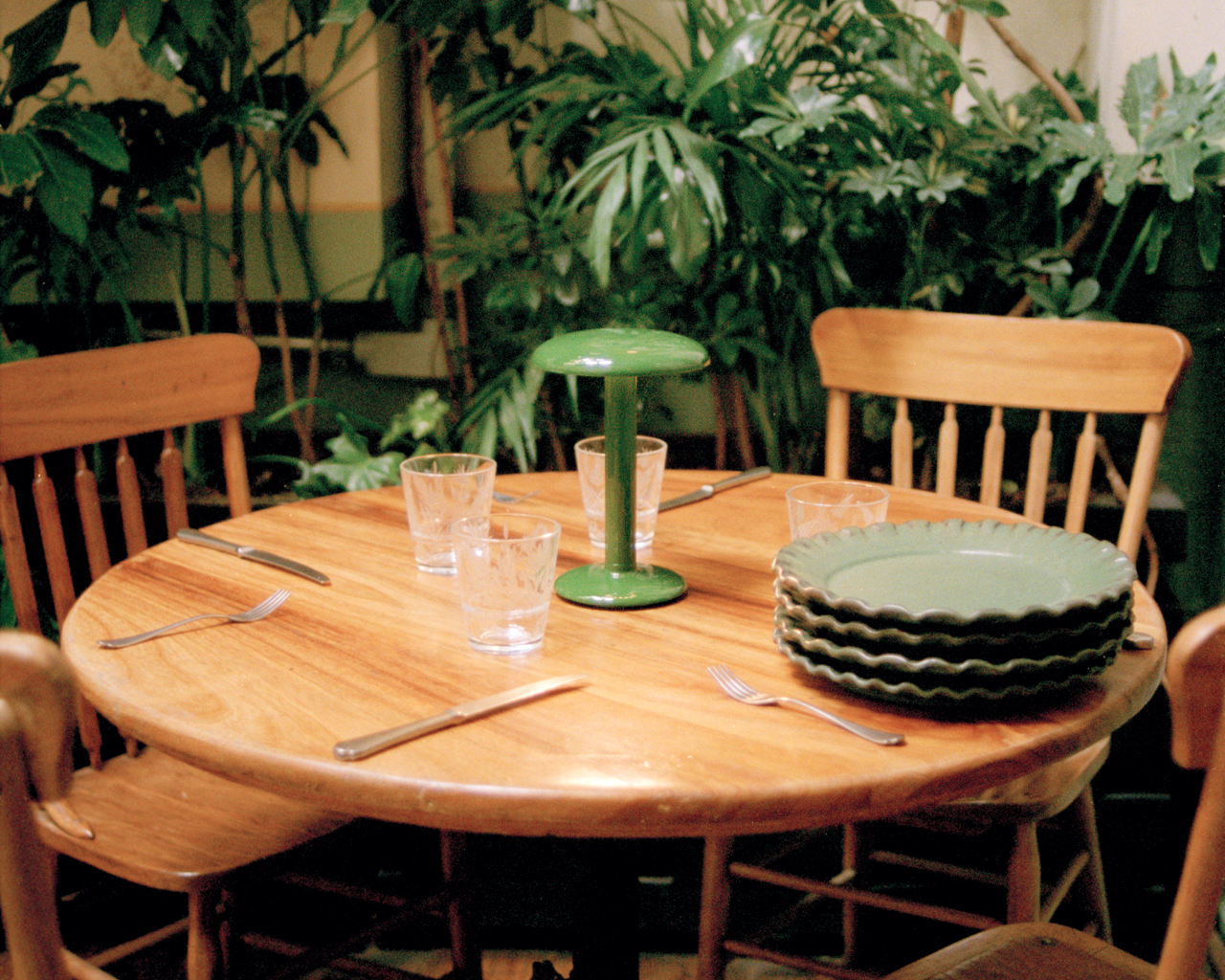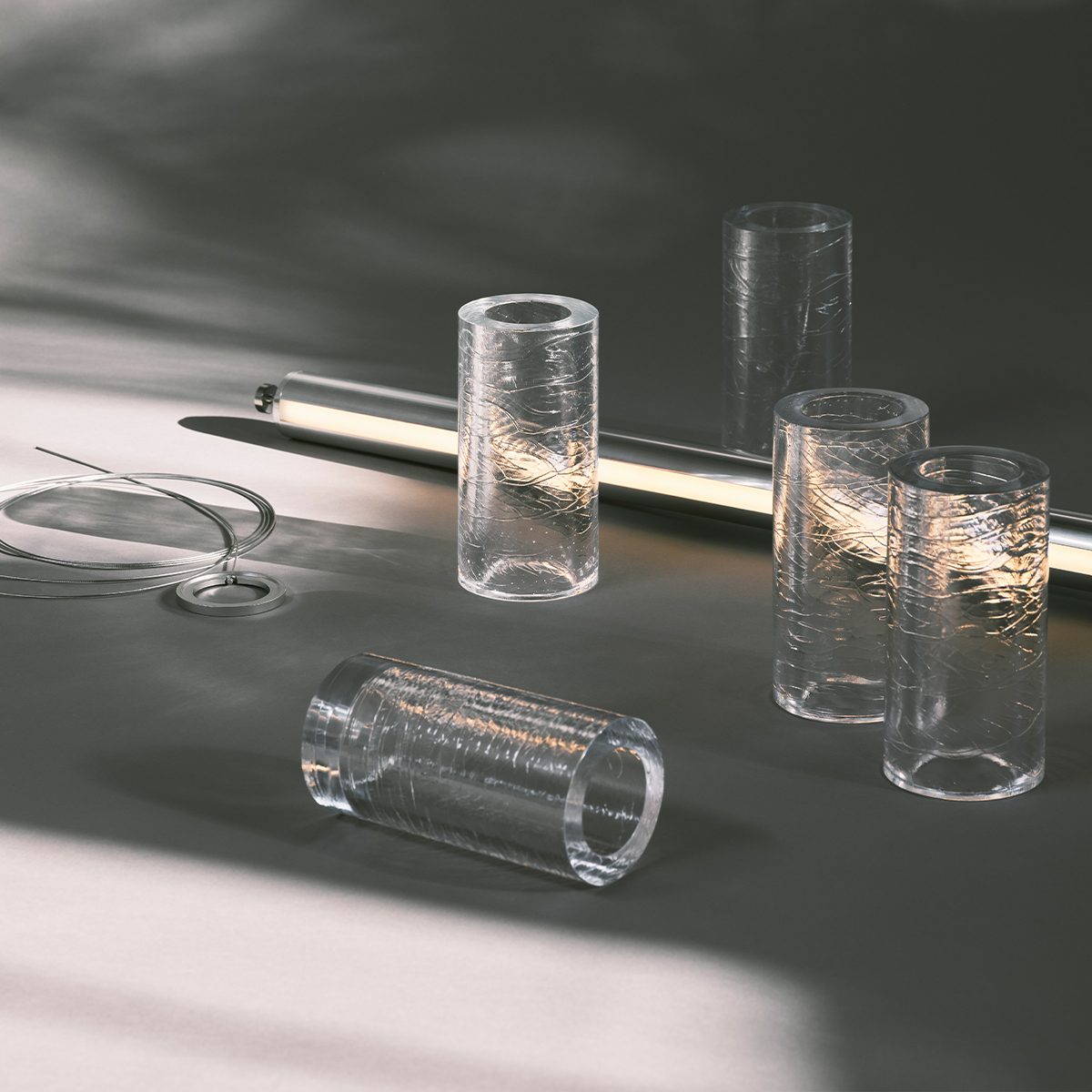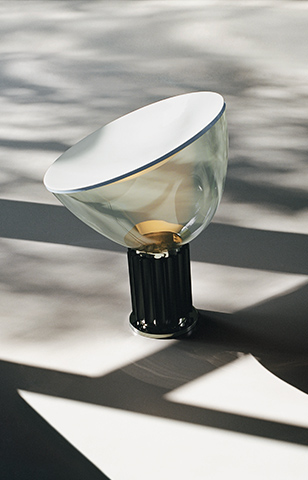Light and sky at Masseria Moroseta

Interview by Rosa Bertoli
Photography by Iris Humm and Anastasia Pavlova
Masseria Moroseta is an exercise in creative hospitality. Nestled among the olive groves outside Ostuni, Puglia, the contemporary structure was conceived by architect Andrew Trotter and the Masseria is led by entrepreneur Carlo Lanzini. Set in a tone of white that brightly contrasts with the nature and sky, the building is a contemporary interpretation of traditional local architecture codes. Every space is defined by its relation with its surroundings, from the meditative courtyard at the entrance to the guest spaces facing the olive groves and sea in the distance. Defined by an essential geometry, the building features a limited aesthetic language that effortlessly translates into a space suspended between space and time. Thanks in part to a unique culinary offer developed over the years by Milanese chef Giorgia Eugenia Goggi, who made Puglia her home and embraced the locale’s peculiarities, the Masseria has become a cult location. Goggi’s work started with catering for guests’ breakfasts, but soon transformed the Masseria into a culinary destination that is a heaven of food creativity, while working towards a mission of restoring heritage species through a series of well-tended vegetable gardens and preservation initiatives.
What did Masseria Moroseta look like when you arrived?
Giorgia Eugenia Goggi: There was practically nothing here, but I was attracted by the possibility of doing something in a contemporary way. With Andrew [Trotter] we worked to recreate the modernism of the Apulian vernacular which is slowly disappearing from the territory. We had never been to Puglia, so we gave ourselves carte blanche. We had an idea of the Masseria of the past and how it was used, and they were completely empty spaces. There were no furnishings other than very simple benches and a fireplace. But that minimalism, that essentiality that is found in our farm is disappearing because the new generations tend to contrast the style of the past and fill the spaces, until they become baroque. For us, who were somewhat ignorant of the architectural history of the region, the most beautiful thing about the masseria was precisely their essentiality, which we tried to recreate in our own way.” - Carlo Lanzini“There is an underlying honesty, and our guests understand it and enjoy it, for example they joyfully welcome the idea of the shared table. I arrived when the Masseria was still in its infancy, and immediately felt a natural attachment to the places, the ingredients, the atmosphere, and the type of people who surrounded us. And then I had to actually figure out how to apply my spontaneous and experimental creative language to this.

Let's talk about light. Due to its position, the Masseria is dominated by the sky and the atmosphere that surrounds it. How do your spaces respond to the evolution of natural light, and when does it stand out the most?
G.E.Goggi: We think of the Masseria as a place dominated by white, in reality white becomes a co-protagonist – the real protagonists are the sky, the sea you see on the horizon, this chromatic stratification of olive trees, blue sea and blue sky. The choice to be so essential in aesthetic choices and leave the spaces unadorned was made to make what surrounds us truly the protagonist of our space.
How do you illuminate the Masseria, what role does artificial lighting have in its spaces?
G.E.Goggi: I inherited some 1970s Flos lamps from my parents and so when I opened the Masseria, I couldn't wait to use those historical pieces that remind me of my childhood, like the Arco in the main hall, or the Parentesi in the guestrooms. For me it was like integrating what was mine, because at the beginning I lived here like it was my home. The light here always has an extremely scenographic effect. Although the environments are so simple, the light changes so much that the same angle can be very dramatic, sharp, with very strong shadows, or extremely poetic and evocative.”Carlo Lanzini”Flos illuminated the spaces of the Masseria with a new contemporary light intervention for example with Luce Orizzontale by Ronan and Erwan Bouroullec. The first few days, not being used to its presence, we observed her, we had to actually understand its role in the space. And then there was one evening when we organised a dinner in this room, and it immediately created a new atmosphere. At the same time it is also extremely multifunctional, we used it both to change the atmosphere of the space and to work, it adapts perfectly to different moments of the day and situations. You really have the feeling that this place has a soul, a history, that it is a place that is not simply beautiful, but also alive. It has its own energy, created by the people who work here and by the wonderful people who come to visit us and let the Masseria come alive every day. It’s as if there were a soul that attracts a strong energy and makes things move in the right direction – as if everything was part of a great flow, which starts from here.















